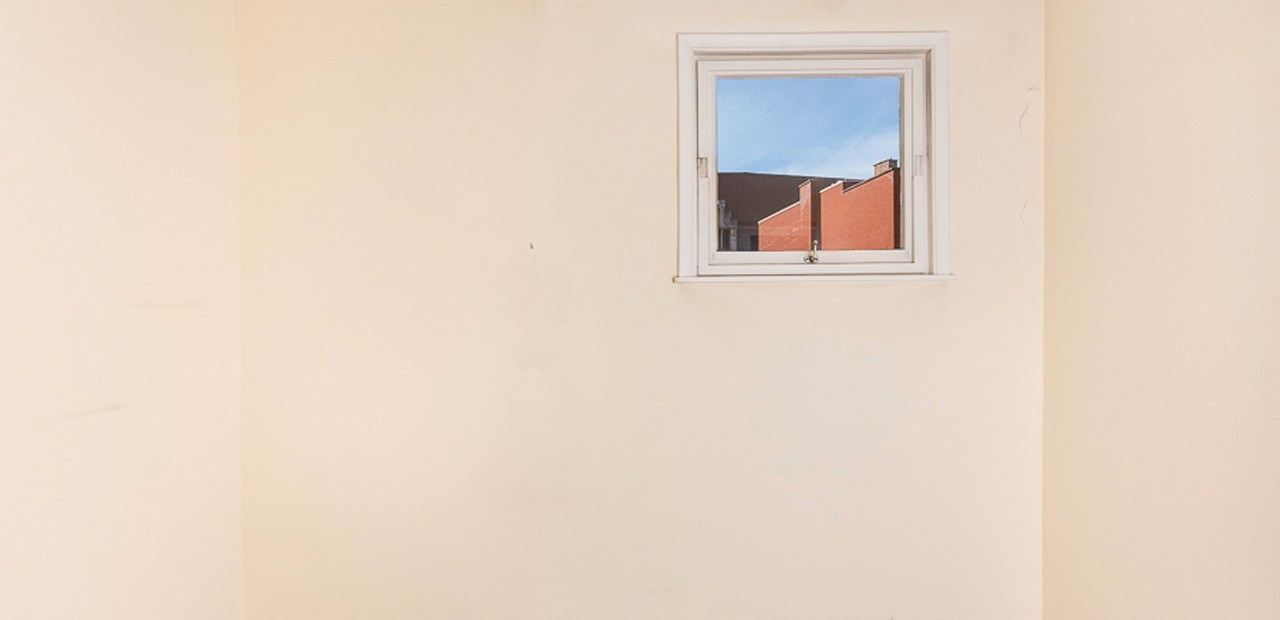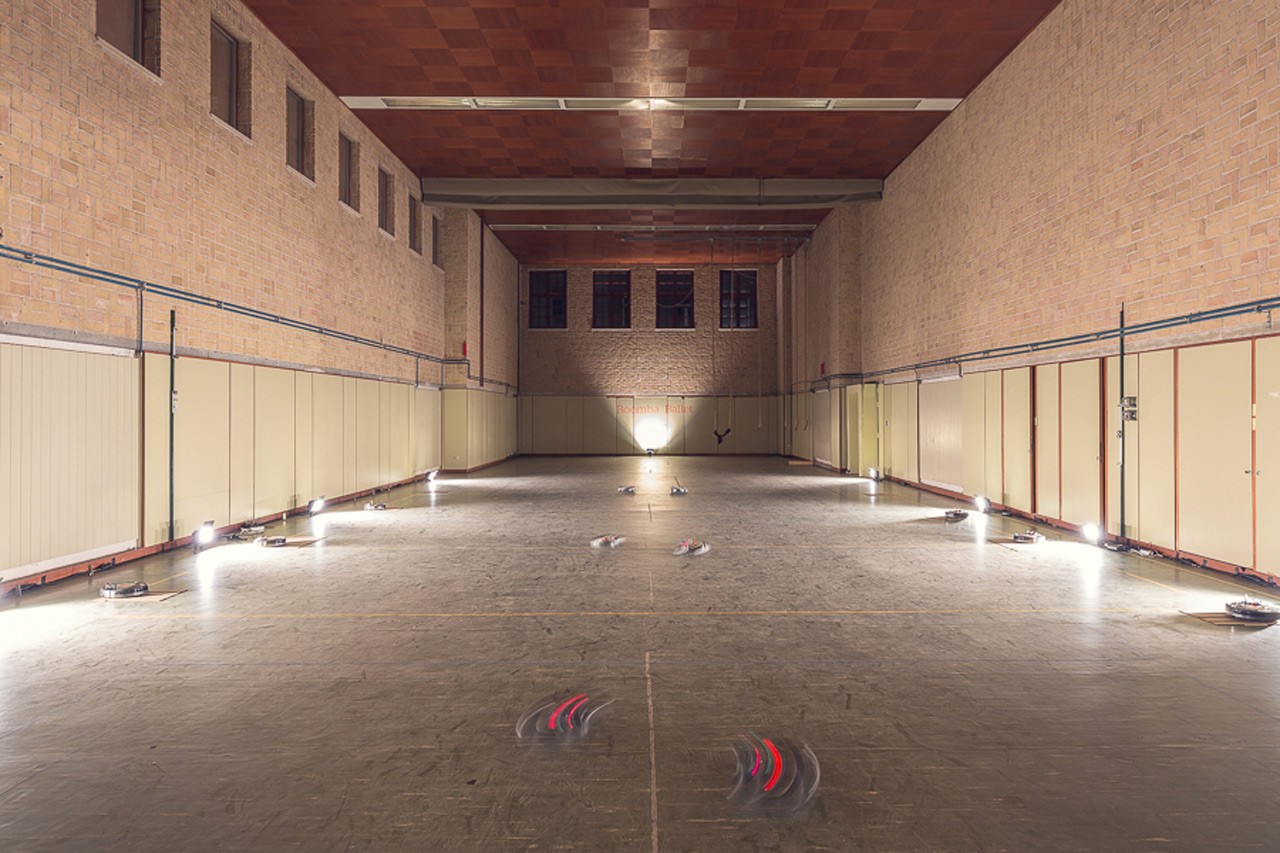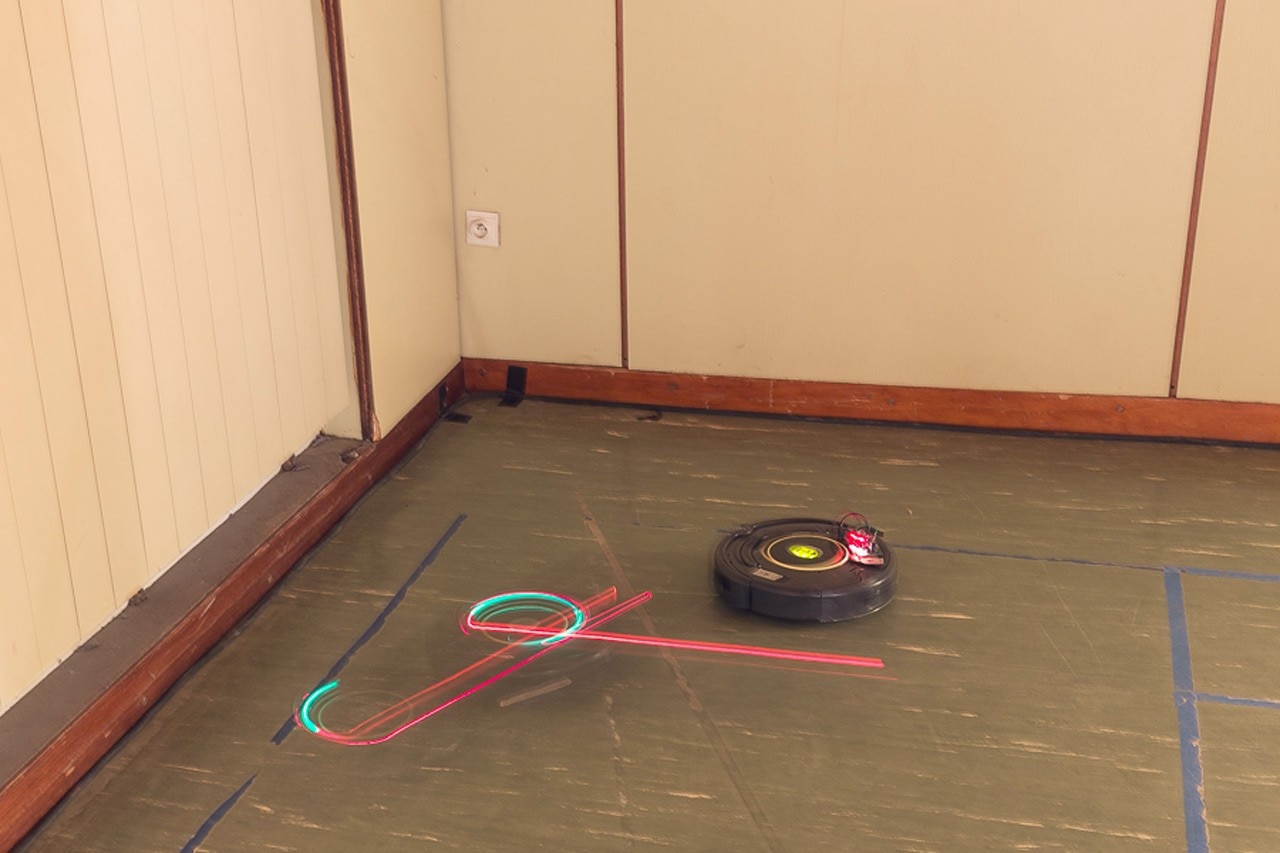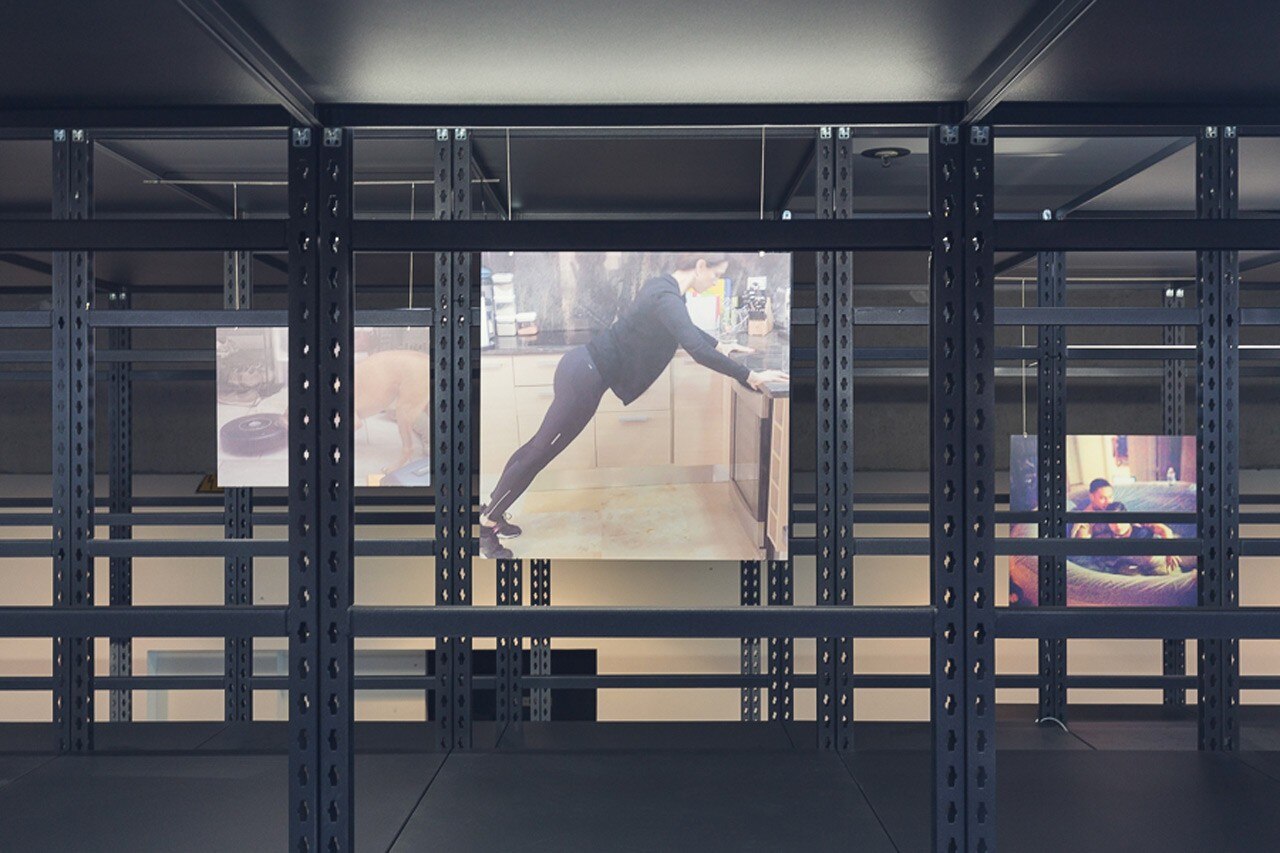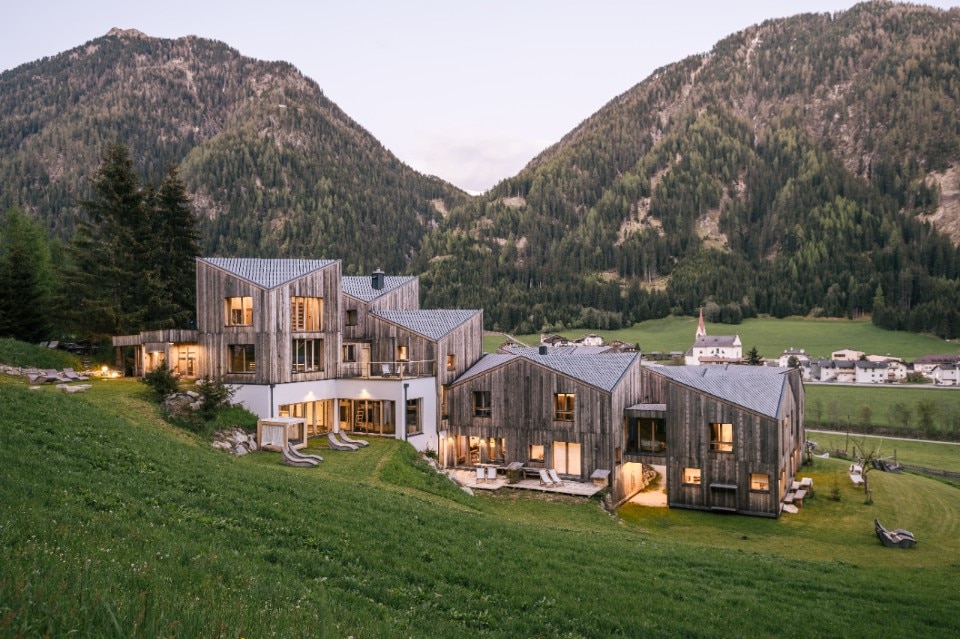
Wood: a key resource for south tyrol
In this northern Italian region, wood is a vital resource that brings together tradition, the economy and environmental protection. The short and sustainable supply chain is worth €1.3 billion and involves thousands of local companies.
- Sponsored content
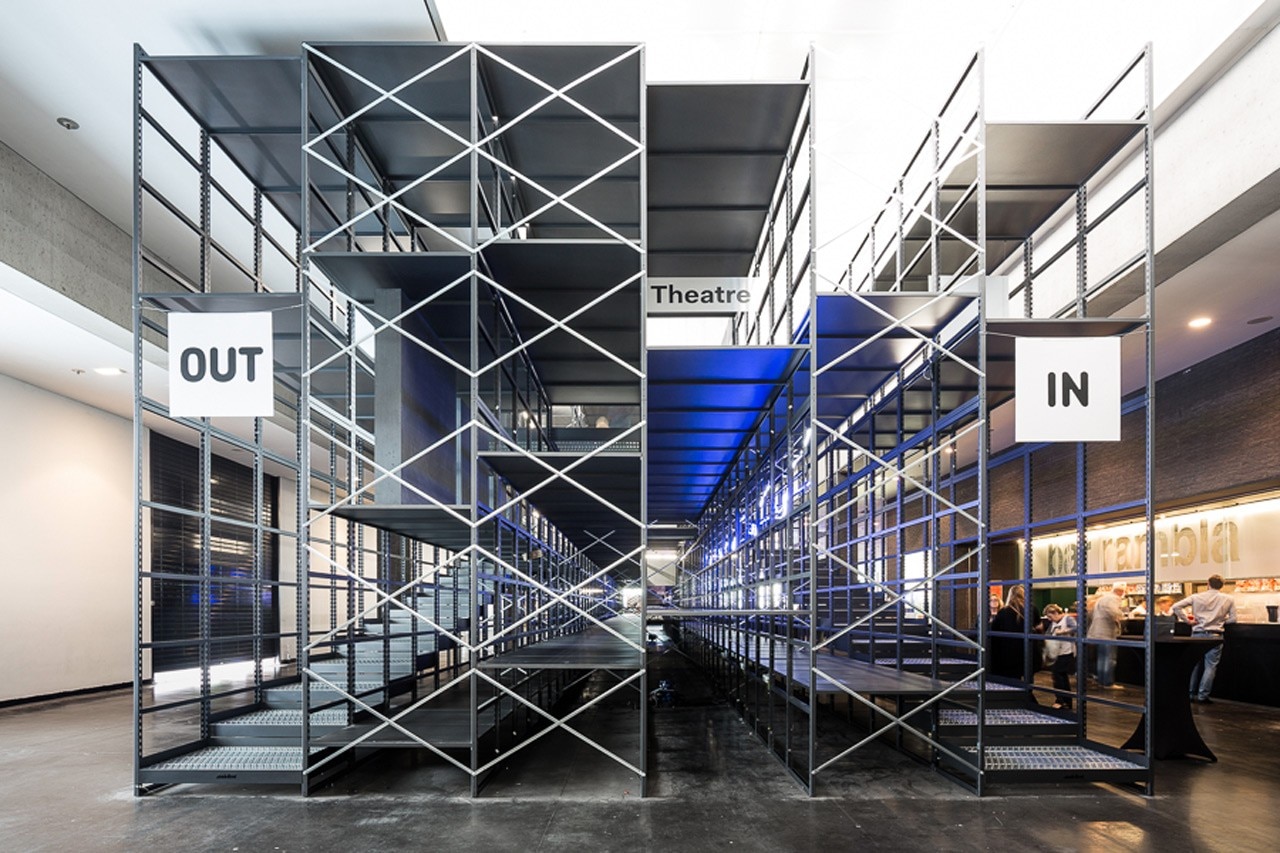
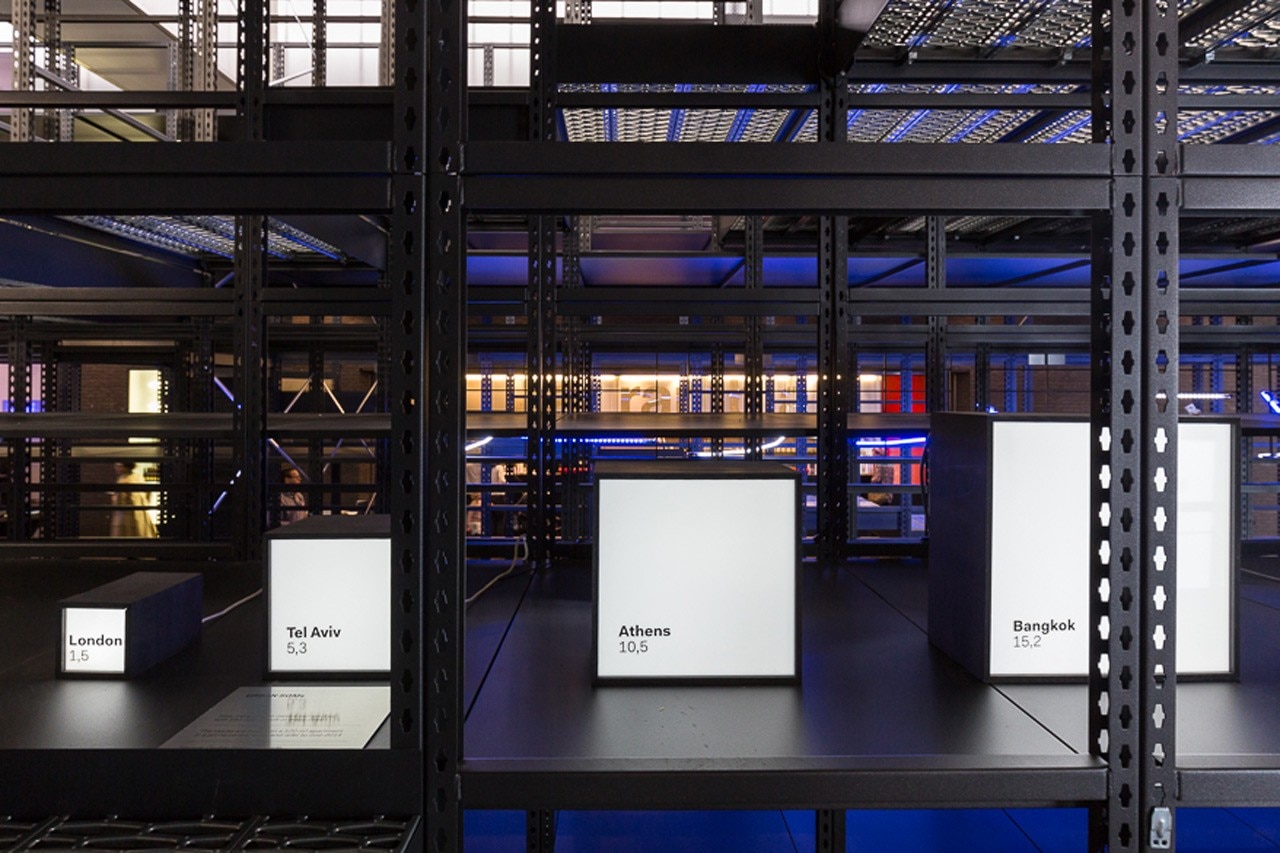
The Rambla at Kortrijk Xpo will feature SQM: Fortress of Solitude, an original three-part film produced by Space Caviar that investigates the ideas underlying smart homes. Are our most private spaces broadcasting our lives rather than providing shelter? Are our homes becoming data machines rather than spaces for living? The film is embedded with fictional product proposals, as it follows the everyday life of a single mother.
Part of the SQM program takes place in Kortrijk’s city center, where the exhibition “SQM: The Quantified Home” has taken over the abandoned Broelschool, which will soon be demolished. In order to create the exhibition, Space Caviar and graphic designers Folder hosted the Broelschool Demolition Workshop in which a group of ten participants carved alternative routes through the building to form a timeline of domestic space.
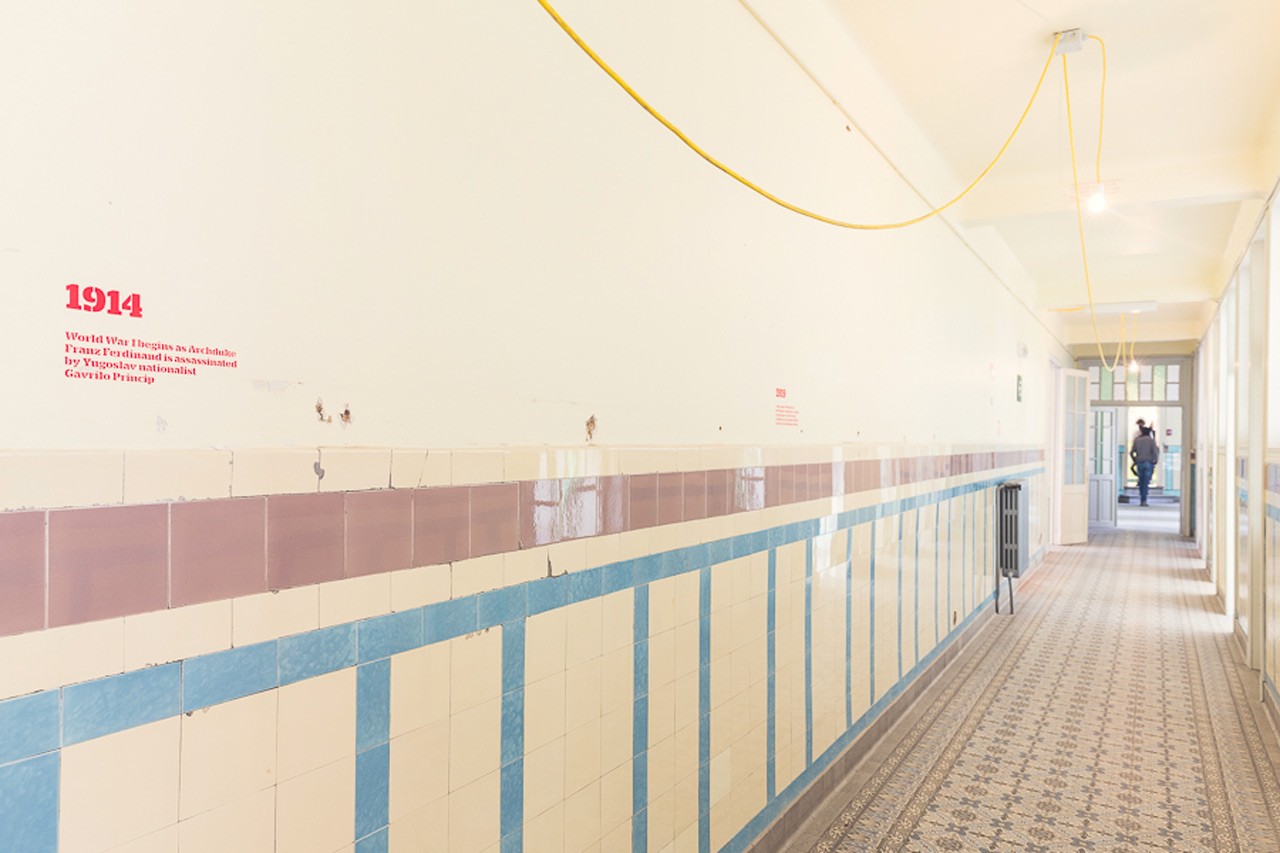
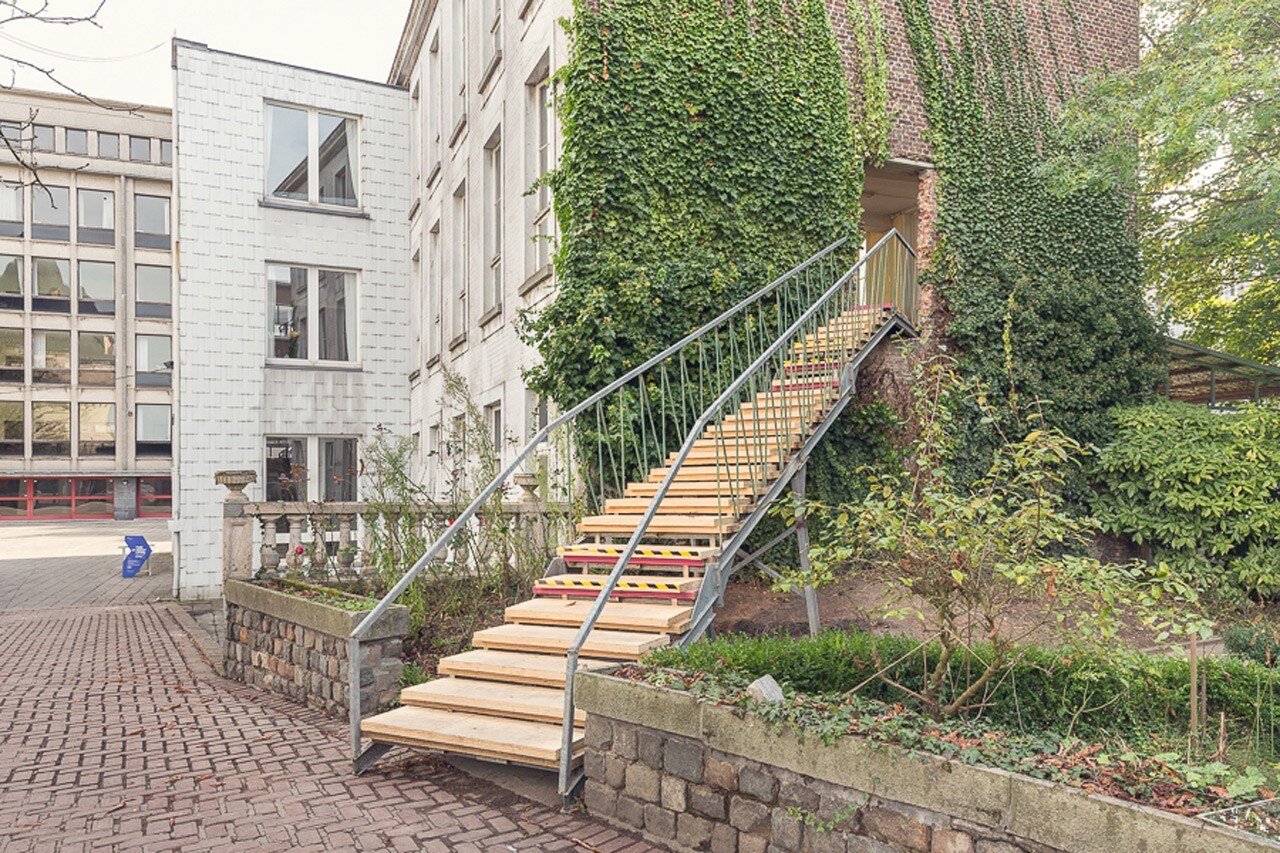
 View gallery
View gallery

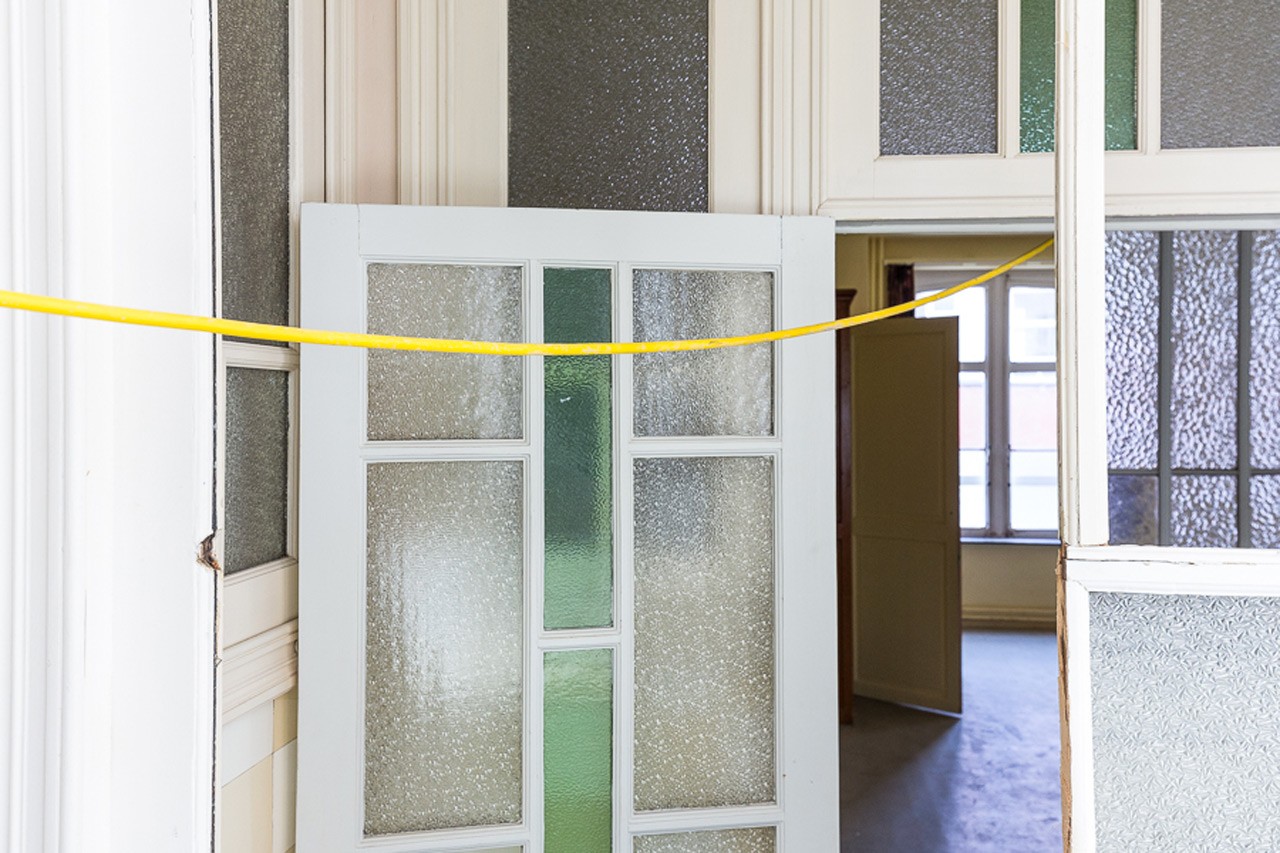
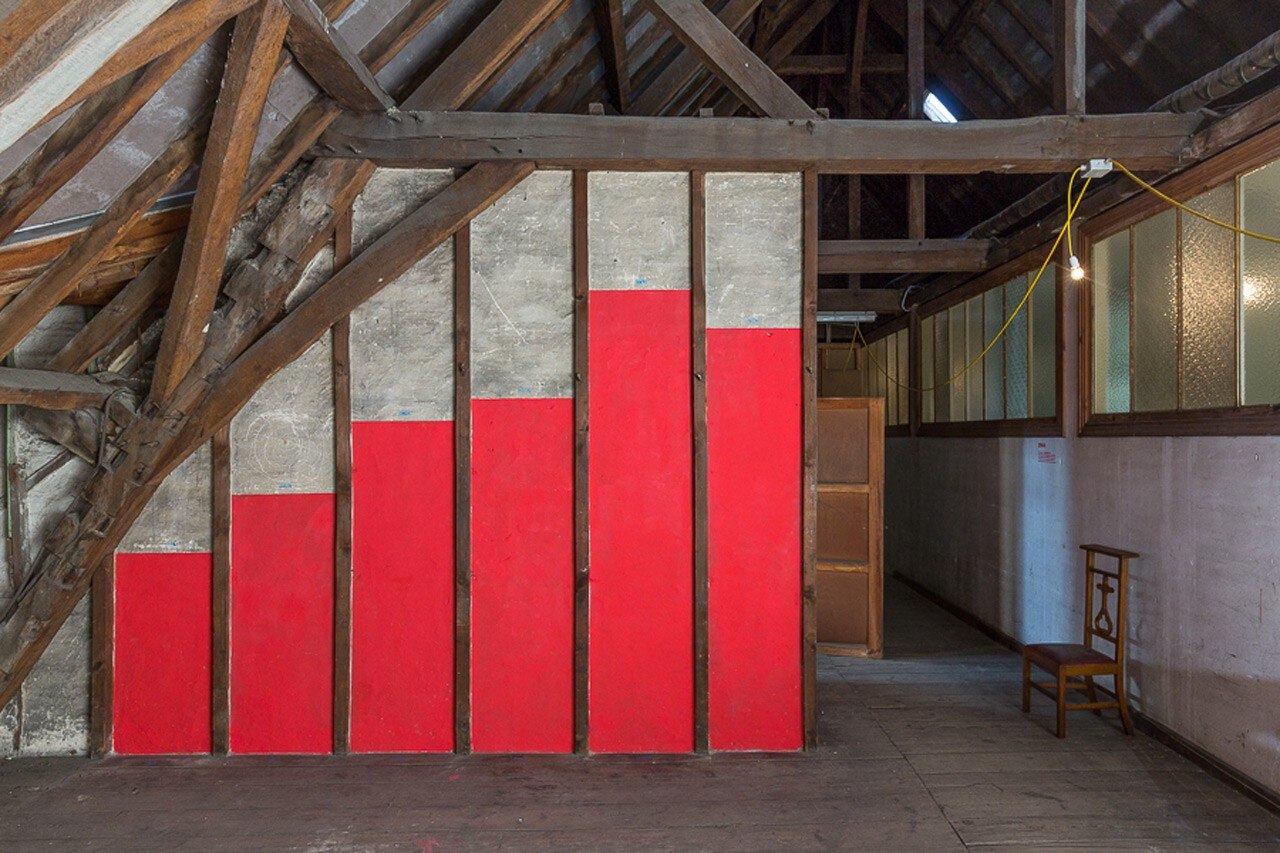
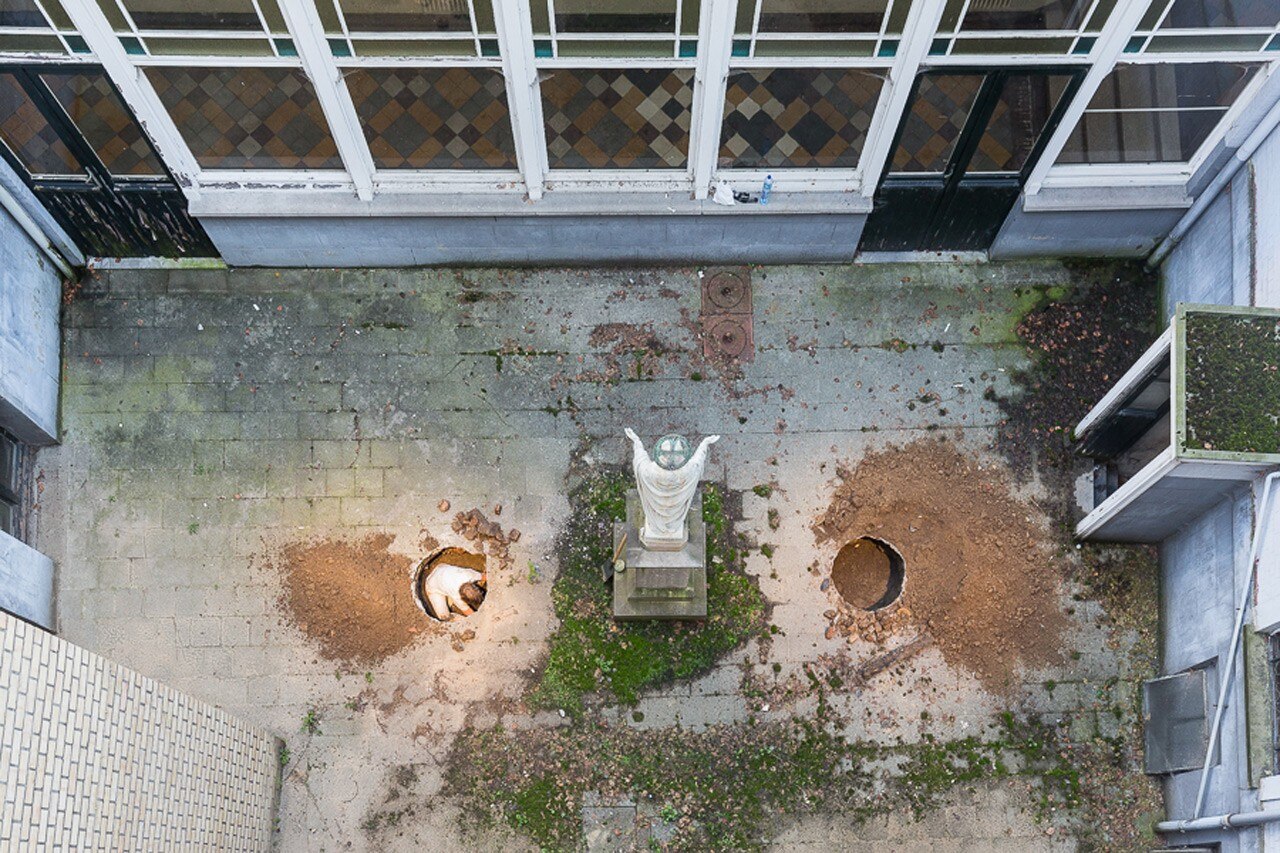
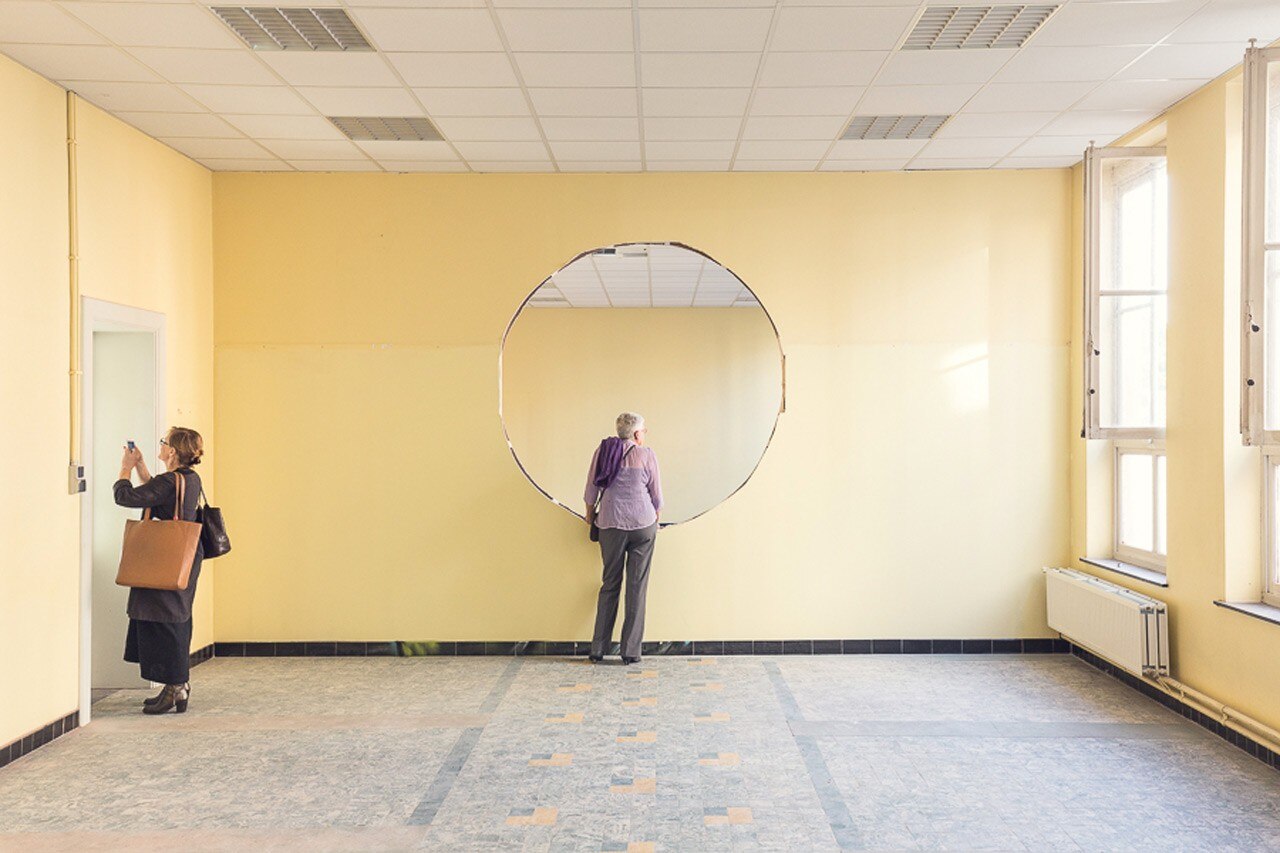
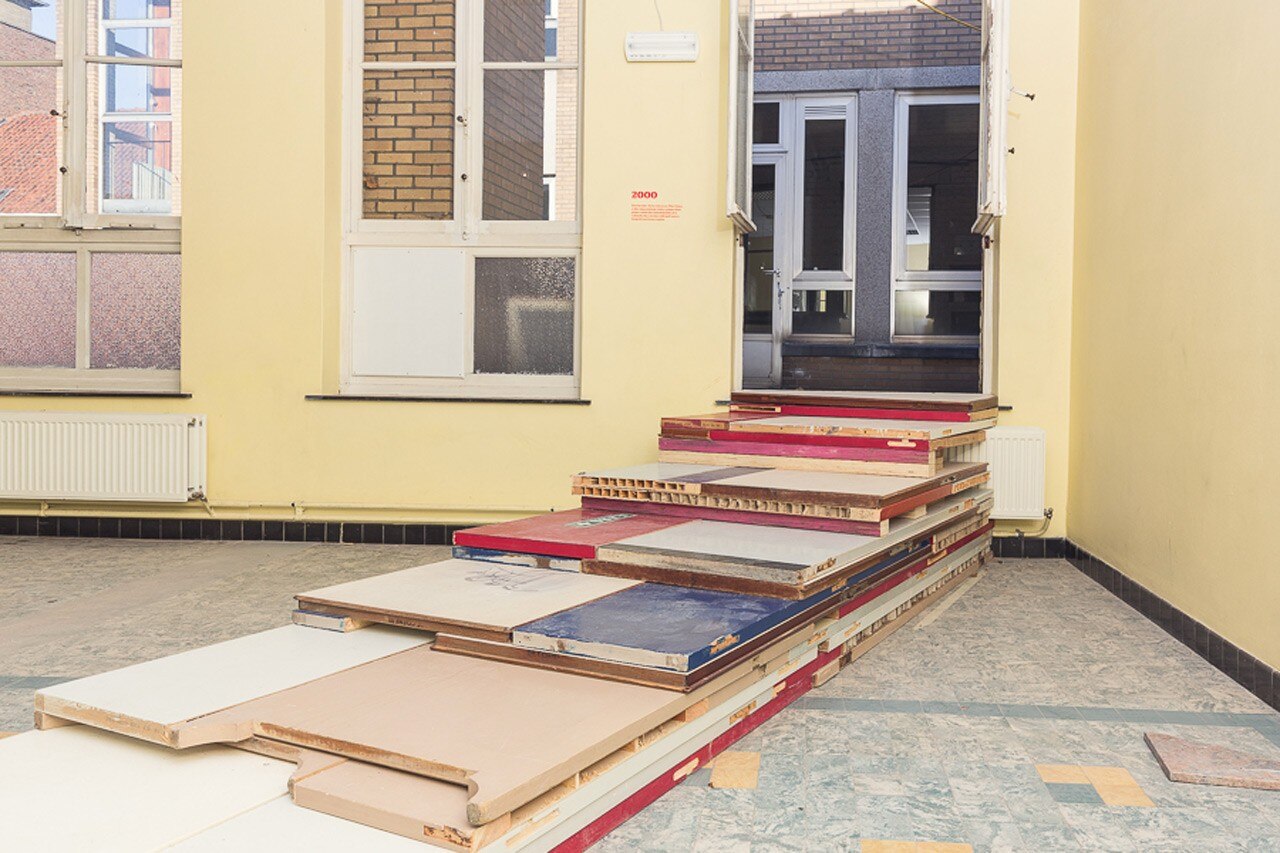
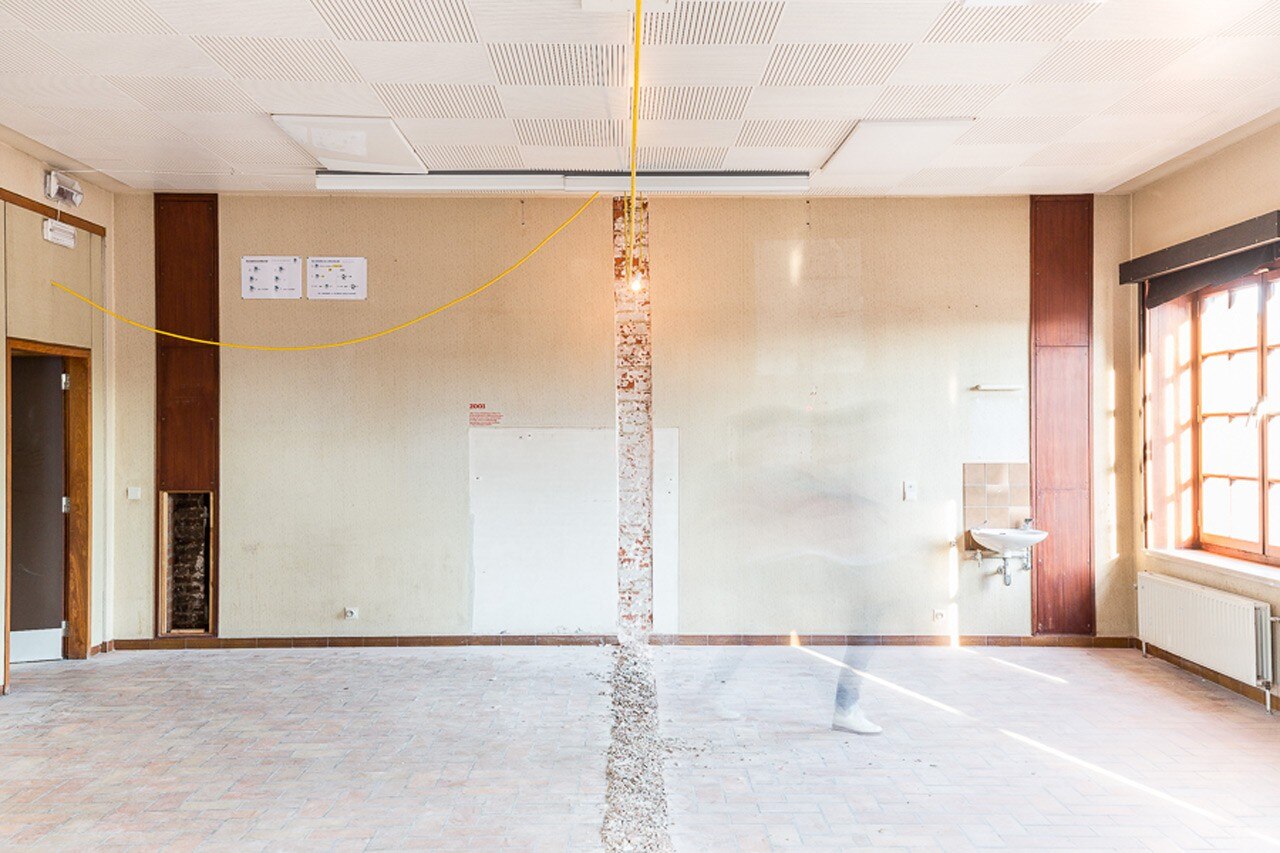
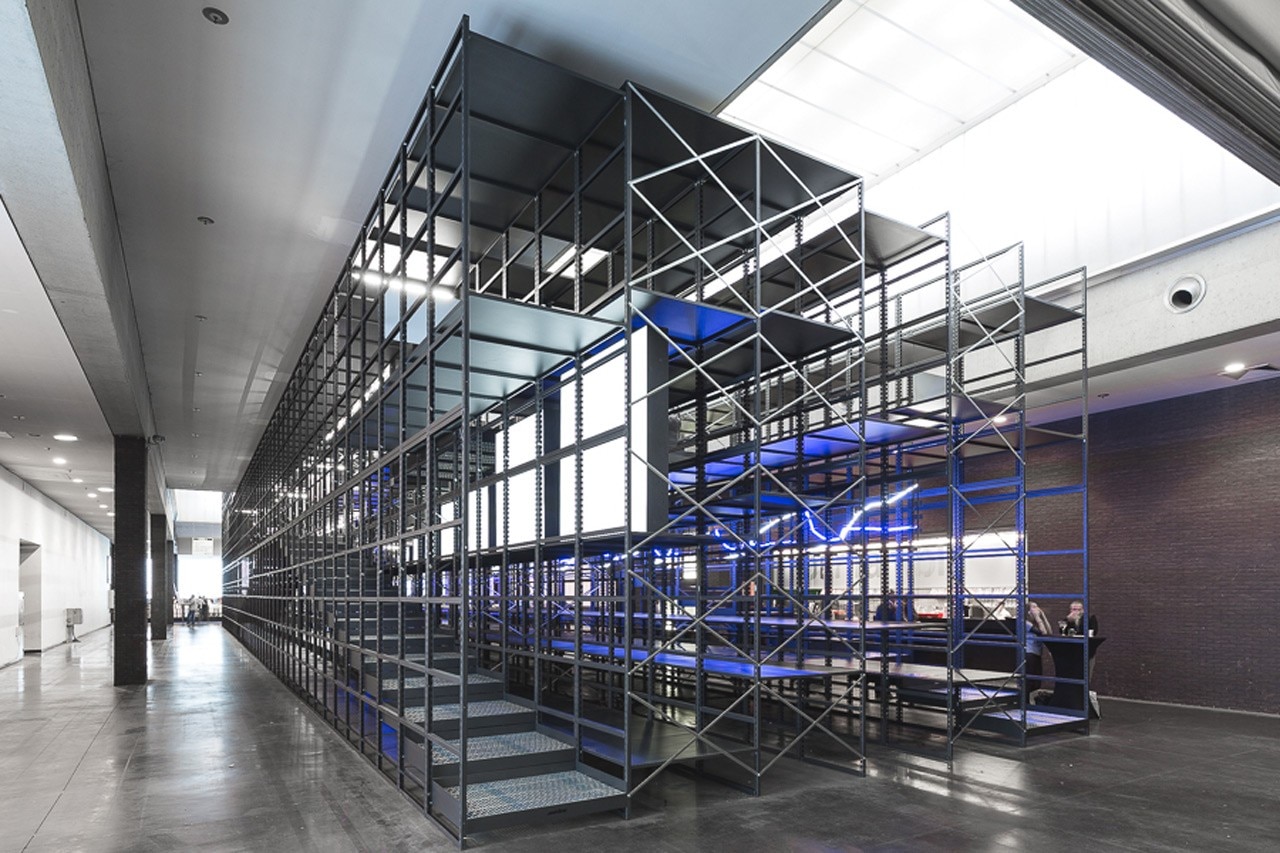


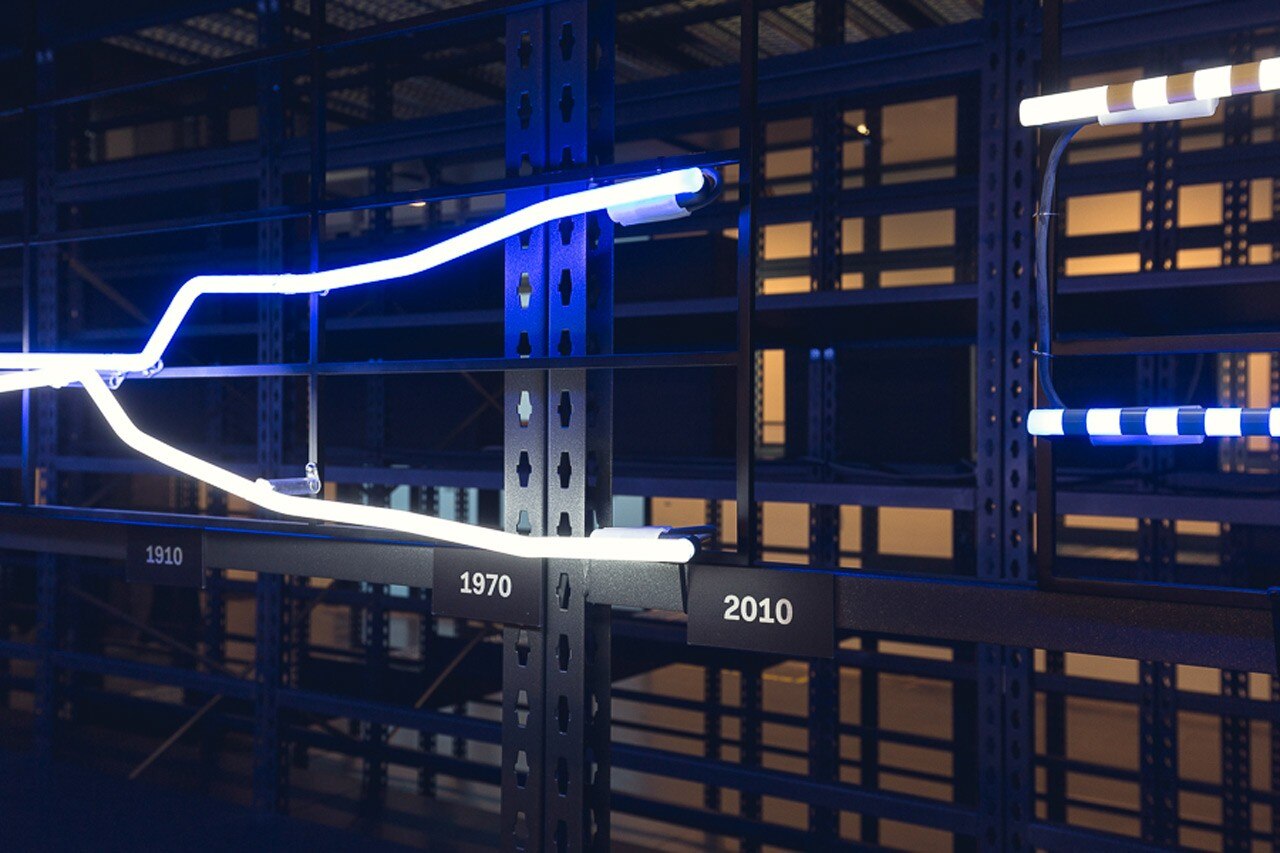
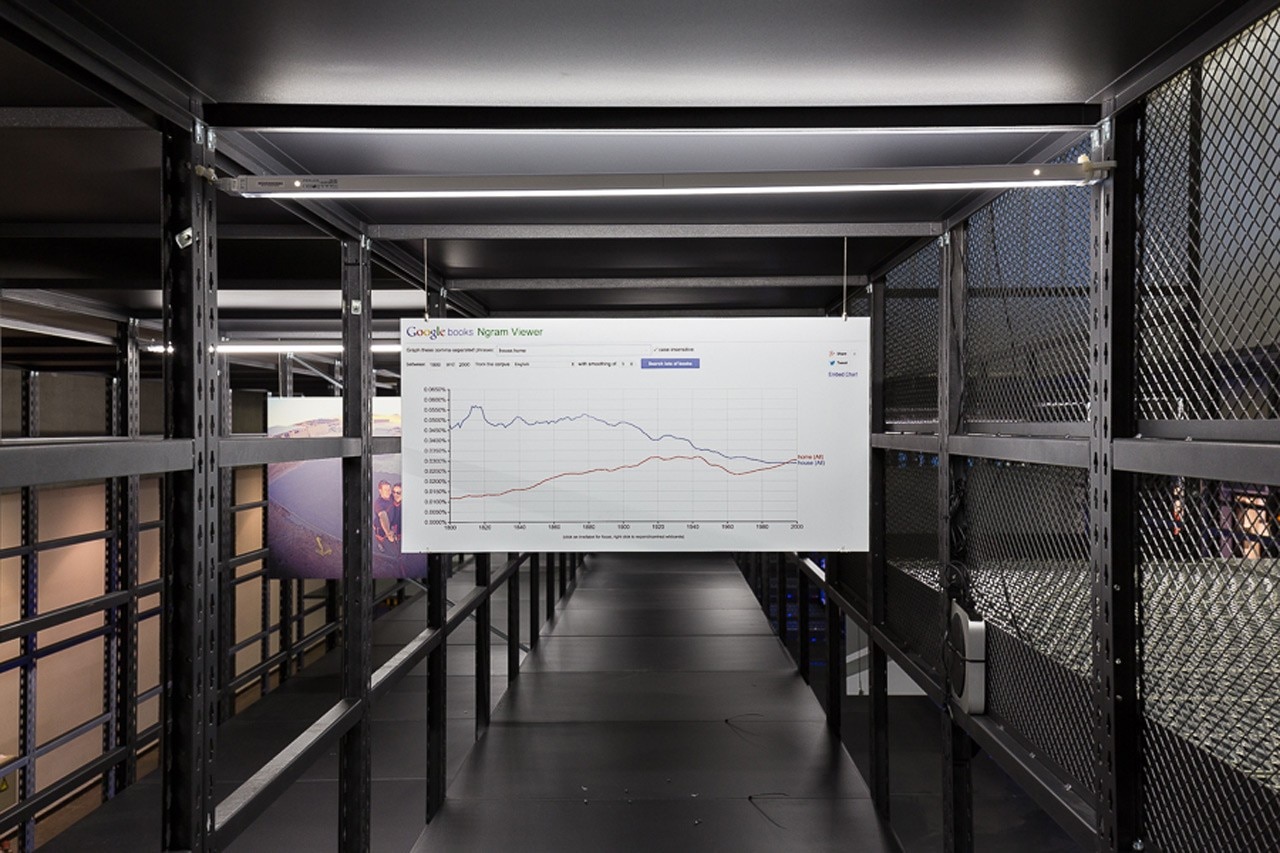
17–26 October, 2014
Biennale Interieur 2014
Kortrijk, Belgium

Do you know how a food disposer works?
60% of American kitchens have one, and food waste disposers are becoming increasingly popular in Italy as well. But what exactly are they, and how do they work?
- Sponsored content


